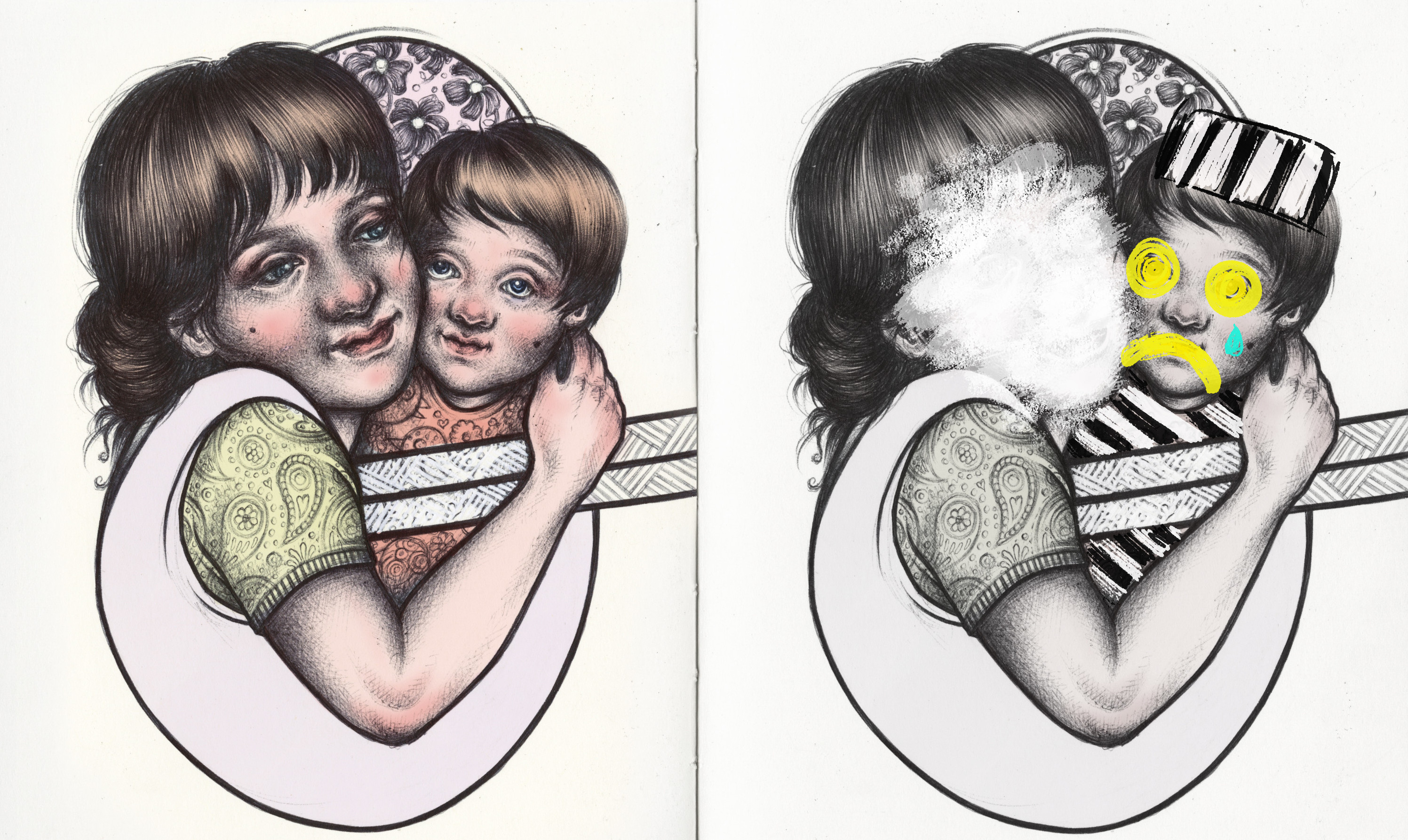A child who never receives high-quality early childhood care and education (ECCE) is 25 percent more likely to drop out of school, 40 percent more likely to become a teenage parent and 70 percent more likely to be arrested for a violent crime. ECCE shapes a child’s potential early, from whether she will get pregnant in high school to how much money he or she will make after college. These programs have demonstrated statistical significance in shaping a person’s life-long achievements by accelerating the development of soft skills — commonly “emotional intellectual quotient,” or EQ — at a young age. These skills measure an individual’s ability to communicate effectively and work with others in social situations; ECCE encourages children to interact with one another, providing them with intellectual stimulation and education. EQ is the yin to IQ’s yang – which ECCE also improves.
Though IQ development is an important benefit of ECCE, the most direct and measurable benefit is EQ, a fact that is becoming ever more relevant, as new studies show correlations between high EQs and both economic success and career advancement. Although counter-studies have shown that ECCE’s impact on IQ diminishes as students grow up, the early advantage provided by ECCE in EQ does not, contributing to a lifelong achievement gap. It isn’t just statisticians who are noticing these trends: Entrepreneur.com recently reported that “77 percent of employers surveyed said they were seeking candidates with soft skills.” 6Seconds, a nonprofit focused on the development of soft skills, argues that EQ “has twice the power of IQ to predict performance” and that it “is also a better predictor [for job success] than employee skill, knowledge or expertise.” EQ’s edge in the hiring process and the boost it gives to general successes in the workplace account for income differences ranging up to $30,000 per year between individuals comparable in all ways but EQ.
Despite the clear social and economic advantages of ECCE, ChildTrends Data Bank found that barely half of children in poor and low-income families had any exposure to ECCE, and that even when low-income children did have access to early education, most of the programs they attended fell short when compared to those of their more affluent peers. This is not surprising. The White House claims that the consumer costs of most nine-to-five care programs run over $10,000 per child per year — comparable to, and in some cases even exceeding, the cost of tuition at public four-year universities. High prices are driven by rising demand, and in many cases, families who cannot afford these high-quality facilities are forced to choose between working and leaving a child in an unsafe or low-quality daycare facility. Unfortunately, due to the steady increase in childcare costs over the years, ECCE is increasingly unaffordable for many US families as parents are faced with tough financial decisions.
Strengthening our early childcare programs doesn’t just make sense — it makes cents. The President’s Council of Economic Advisors showed that ECCE generates an eightfold return on investment — $8.60 for every $1.00 spent. But more than half of US families still lack access to affordable, high-quality childcare, and that number is growing: Slate reported that barely 30 percent of families in 2014 were enrolled in ECCE, a decline from 42 percent in the late 1990s.
Like most of the Democratic Party, President Obama has amped up advocacy for ECCE, remarking in the 2015 State of the Union: “It’s time we treat [childcare] like the national economic priority that it is for all of us.” Through nuanced tax breaks and targeted spending, Obama has set his sights on making access to ECCE a major project before he leaves office. His goal is to promote universal childcare by tripling the value of current childcare tax credits in addition to relaxing the requirements, thereby allowing more families to take advantage of potential savings or refunds come tax season. These changes aim to extend benefits to more than five million families and six and a half million children, ranging from the lowest-income families to those making up to $120,000 a year. In a second childcare-friendly measure, the president’s new budget includes a significant boost to the Child Care and Development Fund, a federal fund that matches state level resources for childcare subsidies.
With critics of Obama’s ECCE budget reform asking only if his plan is enough to have a meaningful impact, it is possible that this may be a rare bipartisan win. Across-the-aisle support indicates a consensus that ECCE could be a national priority, although the mood on Capitol Hill means that even such a demonstrably positive measure might end up caught in the partisan crossfire. Politicking aside, the research and momentum are all pointing in one direction, and beyond the enormous return on investment promised by ECCE, it is reassuring that the United States is finally making moves towards investing in education programs that promise a more equitable start for millions of families across the country.
Art by Kwang Choi.
